’Savanna: A Possible Landscape’, by Amit Drori and Dover & Cederbaum
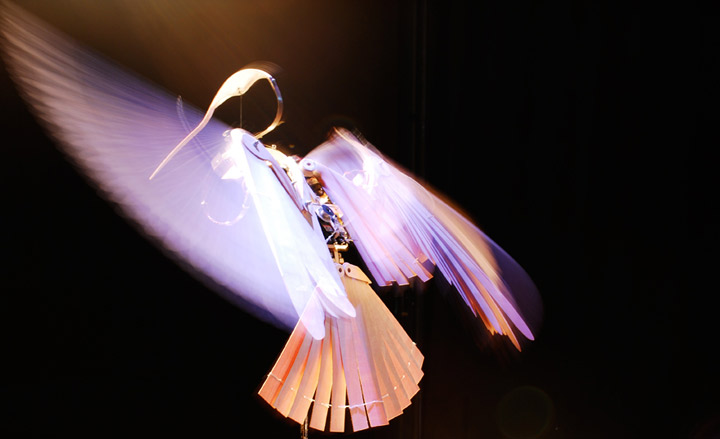
A cricket fashioned from a radio; a wooden tortoise mounted on wheels; and a heron crafted from servo motors, wood and remote control equipment. These were the strange creatures roaming the 'plains' at London's Barbican Centre last week in theatre director Amit Drori's staging of 'Savanna: A Possible Landscape'.
Brought to life by Israeli designer Noam Dover and Drori, their movements were remarkably realistic – the tortoise's head twitching curiously as it lumbered through the scrubland and the heron beating its wings with muscular strength.
The sculptures are the creatures of Drori's childhood imagination. Narrating the production himself, Drori's story begins with his mother's obsession with her piano, an instrument that proved almost impossible to tune but on which she lavished constant attention. Looking upon it with a mixture of resentment and fascination, the young Drori finally took a hammer to the piano after his mother's death, smashing it up to conjure a new world for himself, complete with animals made from its strings.
To play out his imaginary savanna on stage, Drori turned to his friends and long-time collaborators Noam Dover and Michal Cederbaum, who are partners in work and life. While Dover and Drori created the creatures – controlled by puppeteers in the production - Cederbaum devised a series of projections for the show, evoking Africa in the depths of the concrete Barbican.
The automated creations might appear somewhat crude at times - assembled from a concoction of instruments, gadgets and materials - but the hand-crafted mechanisms that drive them are extremely complex. The robots had to go through a rigorous training process, in which the Dover created banks of behaviour patterns, actions and expressions. On stage, this translates into almost human gestures.
'We're interested in the intersection between craft and technology', Cederbaum told us after the show. 'We like to call it “craft robotics”.' In the Barbican Centre, this gave the creatures a sculptural, almost poetic feel. But the 'craft robotics' idea doesn't just take animal form for Dover & Cederbaum. The pair – who take multi-disciplinary design to the extreme, working across everything from furniture and interiors to graphics – are currently creating a series of tableware, in which the vessels move when you touch them or fill them with fruit.
Dover & Cederbaum's collaboration with Drori feels like it was produced with a design audience in mind. The viewer even gets to watch the stage being transformed into the savanna - a wooden tree being built piece by piece before their eyes - and the materials and technical elements that are normally hidden back stage are integral to the show. The mechanical beasts are now migrating to Taiwan for a performance later this year - but if you can't make it out East, you can catch a very different breed of Dover & Cederbaum's work at London gallery 19 Greek Street from 28 March. Here you'll spot a collection of limited edition furniture and objects crafted with an equally adventurous spirit.
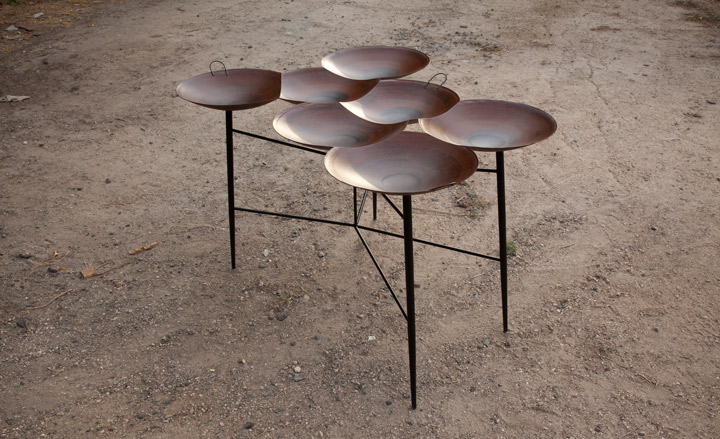
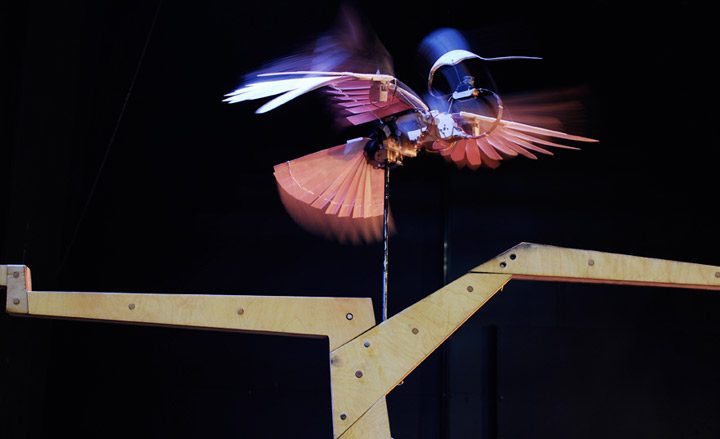
Made from plywood and servo motors, Eva's wings are manipulated by a remote control
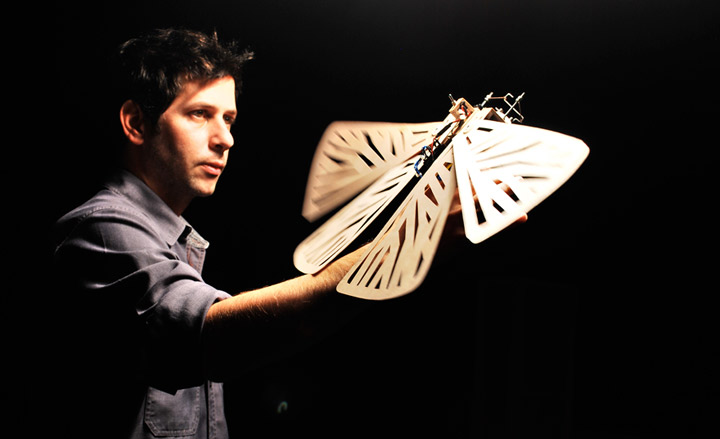
Amit Drori, theatre director, narrator and puppeteer, with his giant wooden moth
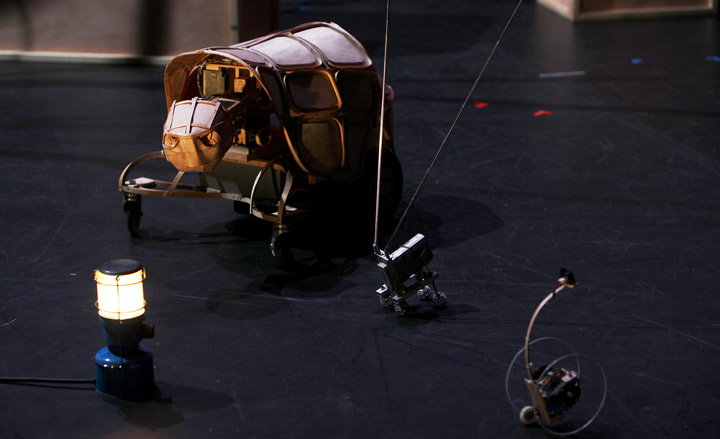
George the tortoise is made from plywood, mounted on wheels and powered by DC motors
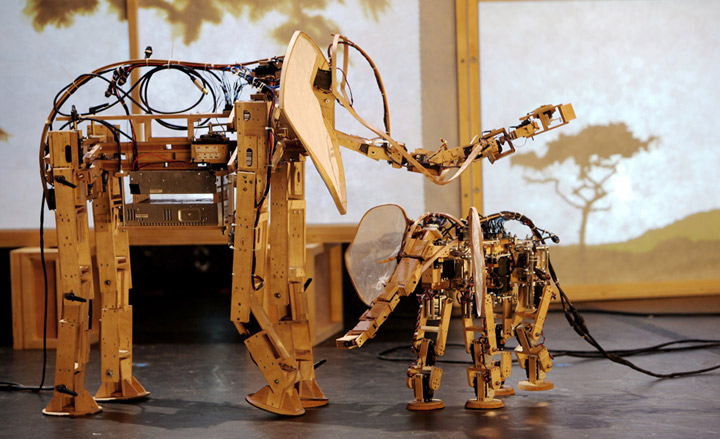
The lumbering movements of two elephants, a mother and her calf, are cleverly emulated by these electronic wooden sculptures
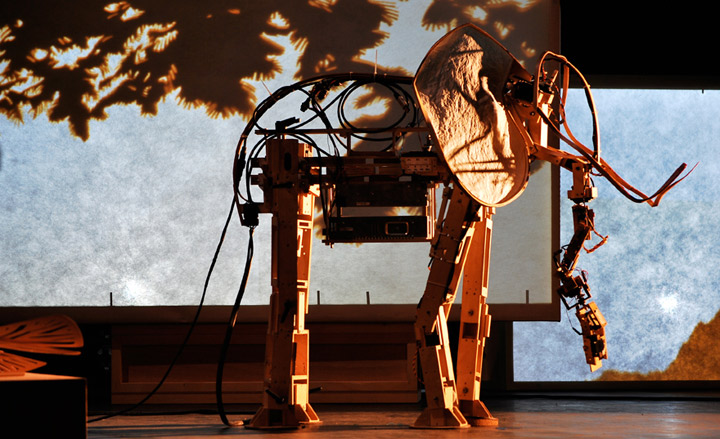
Michal Cederbaum created the projections in the show in collaboration with Jerome Vernez. Made from paper-cutouts that were then photographed and digitally edited, the projections transport the view to Africa, even in the depths of the concrete Barbican
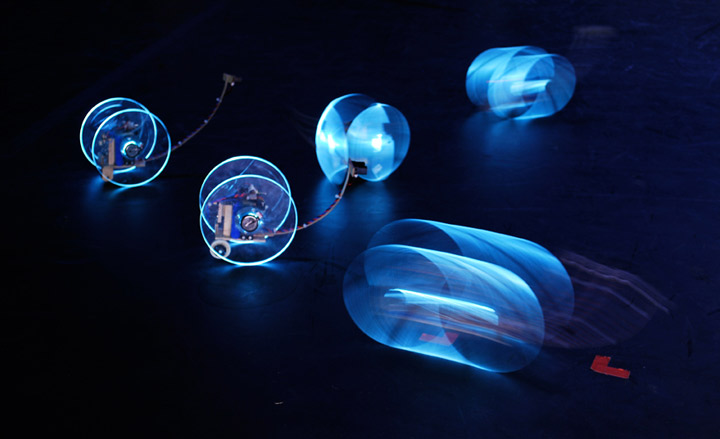
Neon snails on wheels
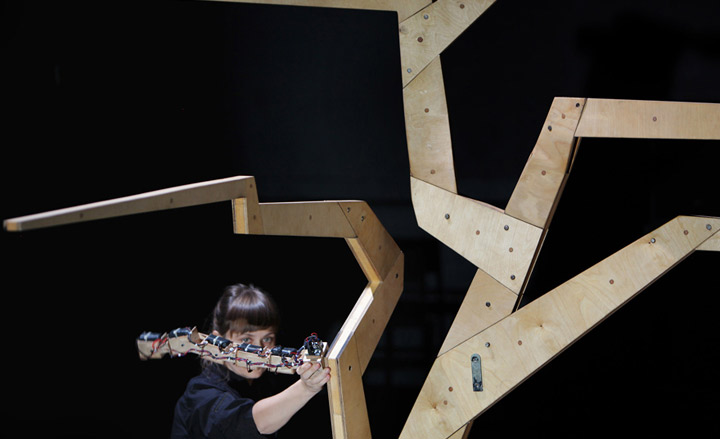
A puppeteer helps a mechanical caterpillar navigate a tree
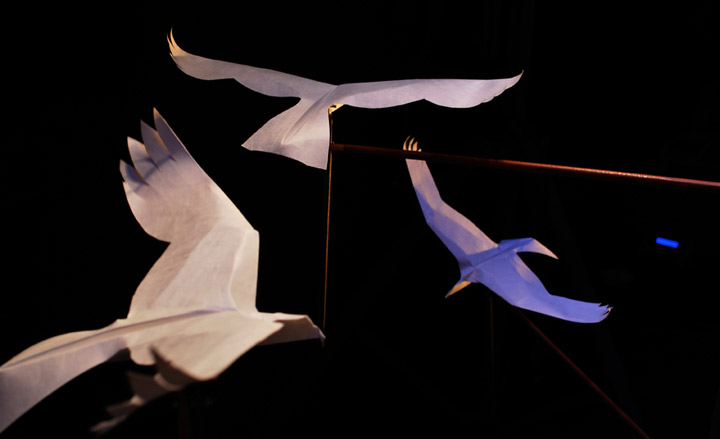
A flock of birds in flight
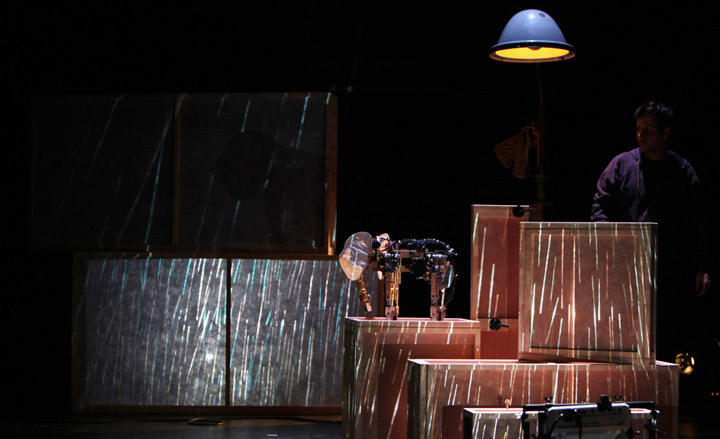
A thunderstorm breaks out on the savanna
Wallpaper* Newsletter
Receive our daily digest of inspiration, escapism and design stories from around the world direct to your inbox.
Malaika Byng is an editor, writer and consultant covering everything from architecture, design and ecology to art and craft. She was online editor for Wallpaper* magazine for three years and more recently editor of Crafts magazine, until she decided to go freelance in 2022. Based in London, she now writes for the Financial Times, Metropolis, Kinfolk and The Plant, among others.
-
 All-In is the Paris-based label making full-force fashion for main character dressing
All-In is the Paris-based label making full-force fashion for main character dressingPart of our monthly Uprising series, Wallpaper* meets Benjamin Barron and Bror August Vestbø of All-In, the LVMH Prize-nominated label which bases its collections on a riotous cast of characters – real and imagined
By Orla Brennan
-
 Maserati joins forces with Giorgetti for a turbo-charged relationship
Maserati joins forces with Giorgetti for a turbo-charged relationshipAnnouncing their marriage during Milan Design Week, the brands unveiled a collection, a car and a long term commitment
By Hugo Macdonald
-
 Through an innovative new training program, Poltrona Frau aims to safeguard Italian craft
Through an innovative new training program, Poltrona Frau aims to safeguard Italian craftThe heritage furniture manufacturer is training a new generation of leather artisans
By Cristina Kiran Piotti